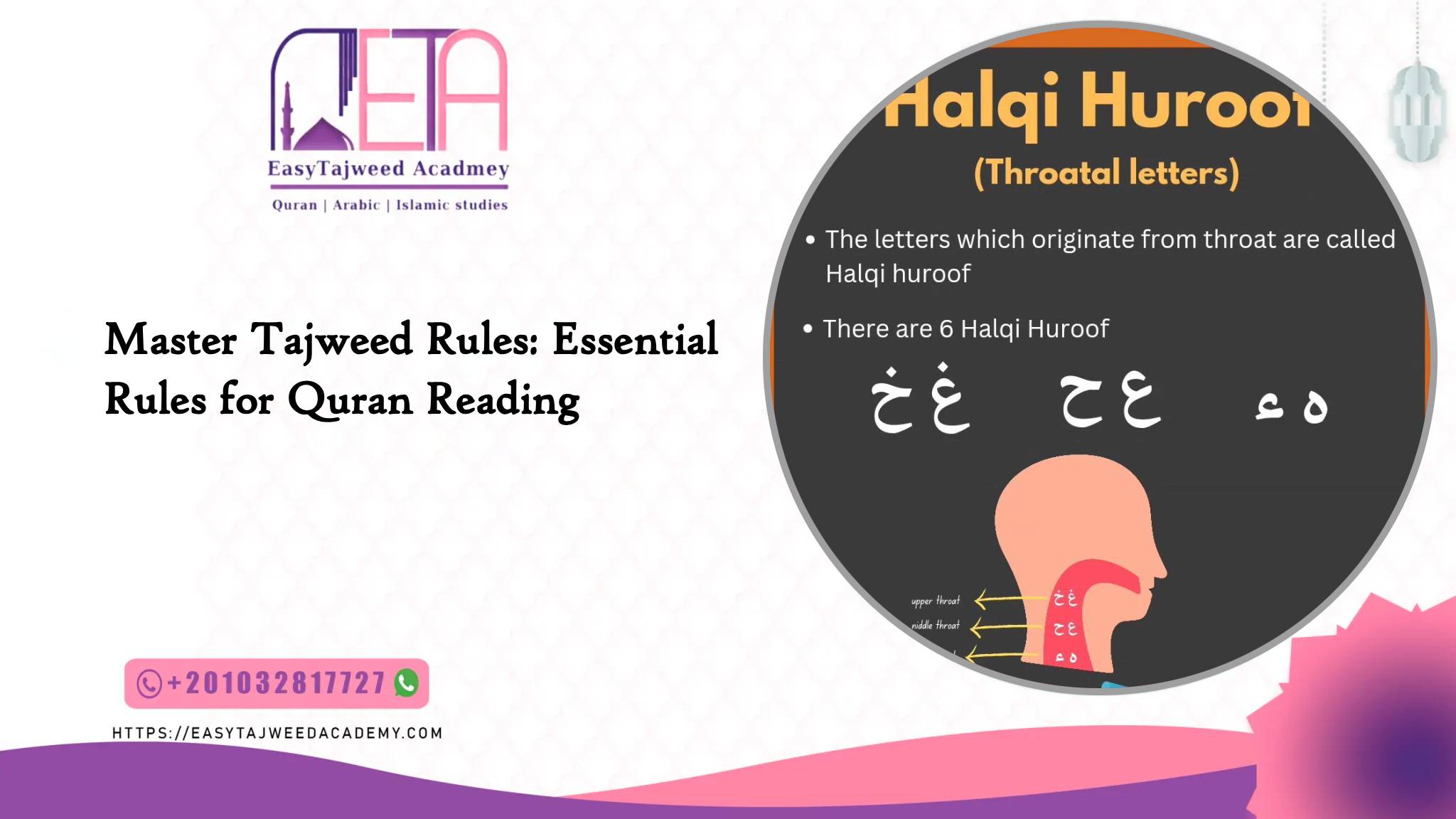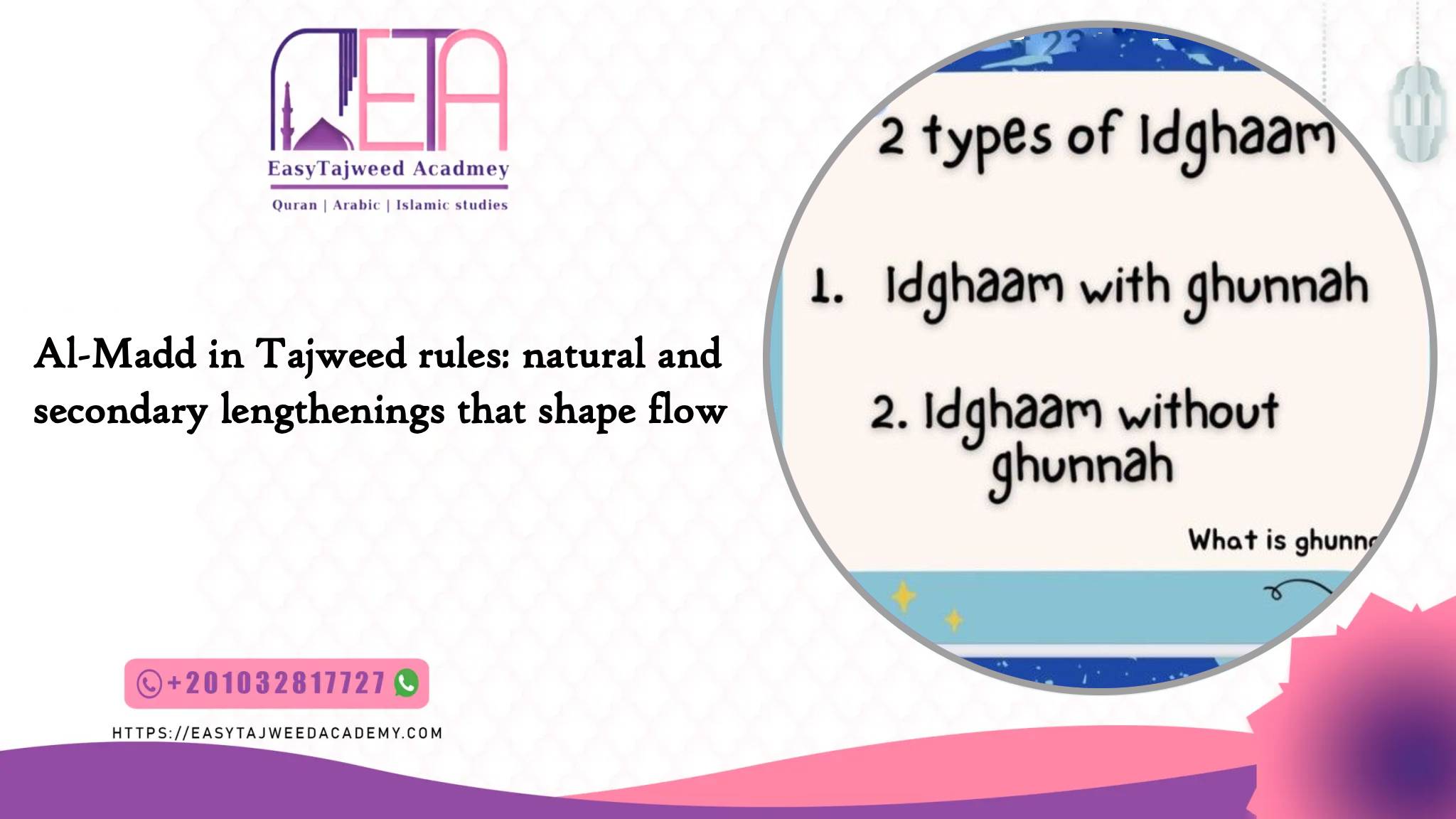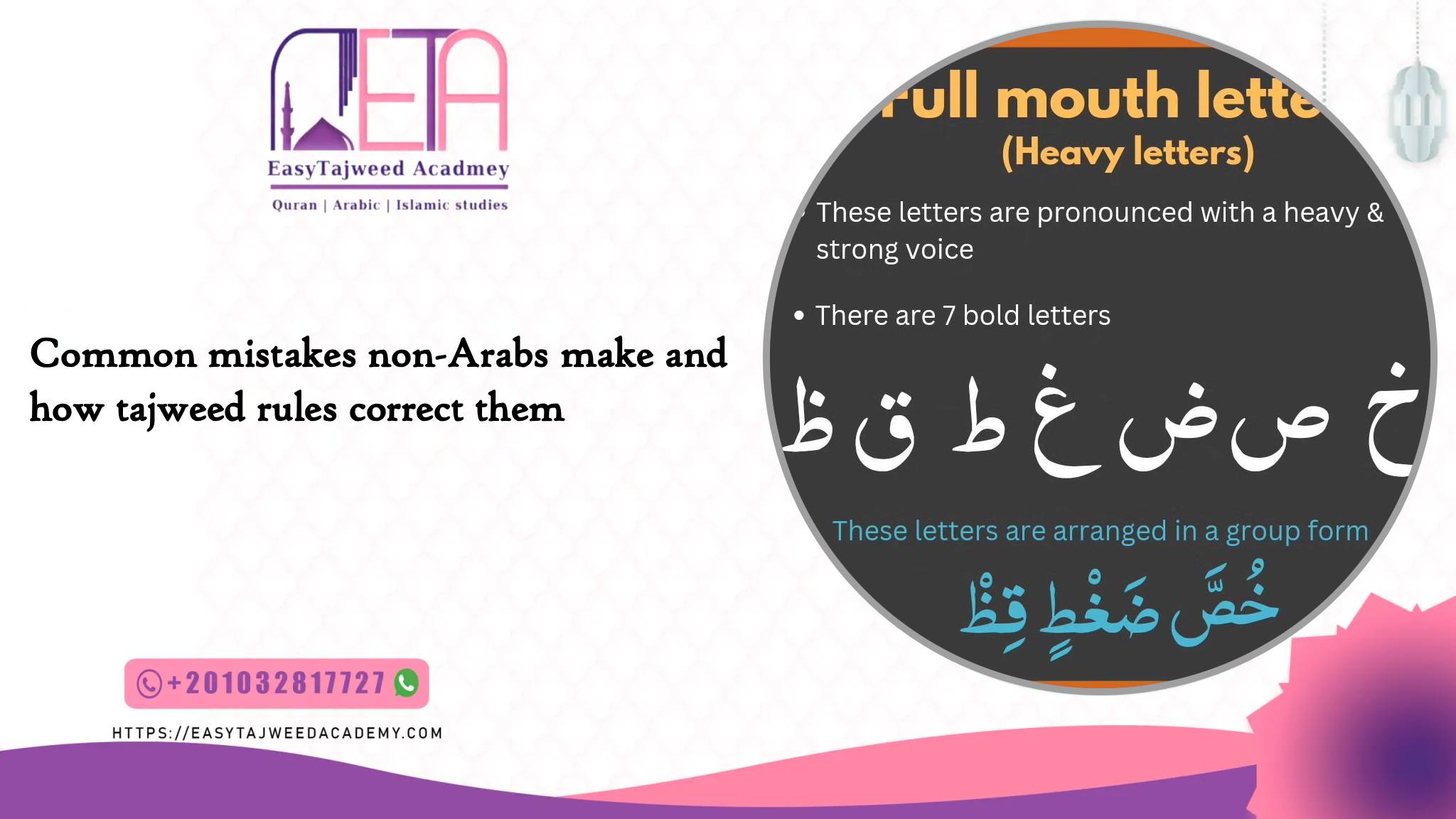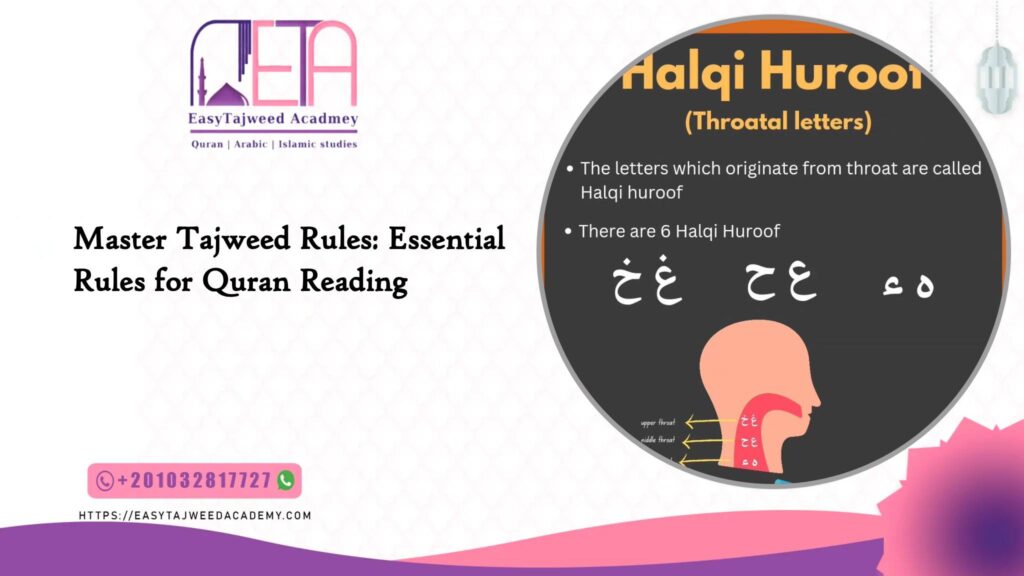Mastering the tajweed rules means better recitation. It teaches how each letter leaves the mouth from its correct point and how to protect the meaning and sound. This guide frames the quran tajweed rules as a living practice for modern readers in the United Kingdom.
The guide shows practical steps for confident recitation. It explains how tajweed rules shape pronunciation so one avoids stammering, stumbling over verses, and preserves meaning when they recite the quran. Clear examples make letter handling and sound formation simple, even when one recites difficult passages.
This introduction previews the way the course moves: foundations, articulation points, noon sakinah tanween and noon sakinah chapters, Meem sections, Qalqalah, and Al-Madd types. It respects learners’ time with friendly, actionable lessons that fit daily reading and modern life in the world today.
Key Takeaways
- The guide to Tajweed rules links practical practice to correct pronunciation and meaning.
- It breaks down letter points and sound formation into simple steps.
- Noon sakinah, sakinah tanween, and Meem rules get clear, usable examples.
- Lessons on Tajweed rules aim to reduce stammering, stumbling over verses, and boost confidence.
- Content is structured for steady progress and daily integration.
Foundations and purpose: why tajweed rules safeguard accurate Quran recitation today
Learning Tajweed rules (proper articulation) gives each letter its true sound and keeps verses intact. This section explains the practical aim: betterment of pronunciation so a reciter can preserve meaning and reverence when they recite the quran.
Defining pronunciation and articulation in the Tajweed rules
Tajweed rules mean applying clear places of articulation and character traits for each letter. Makharij and sifaat form the base. They teach where a sound begins and how it should feel.
How does this prevent linguistic and phonetic errors
When a reader follows Tajweed rules, shifts in language and subtle changes to a verse are avoided.. Correct pronunciation protects meaning and honours worship, not just technique.
- Each letter is given a fixed way to be produced.
- Early focus on noon sakinah tanween and noon sakinah stops common slips.
- The aim is clarity and devotion, not speed.
tajweed rules
Starting with a concise set of basic tajweed rules gives learners control over sound, letter exits, and meaning. This section lists the core items a beginner should know before reading the quran tajweed aloud.
Basic tajweed rules every beginner needs before reciting the Quran
Begin with articulation points, fixed and changeable characteristics, and early cases of noon sakinah tanween. These appear often and shape calm, accurate recitation.
- Learn Izhaar, Idghaam (with and without ghunnah), Iqlaab, and Ikhfaa for noon sakinah.
- Study meem sakinah patterns separately because of labial movement.
- Recognize qalqalah letters (ق ط ب ج د) and their gentle bounce.
How these rules relate to meaning, sound, and letters in each verse
Learn with Online Quran Lessons in the UAE, each rule links a specific letter point to the resulting sound. That link protects meaning and prevents accidental changes in words.
Understand madd types next: the natural two-beat madd and secondary lengthenings from hamzah or sukoon. This makes timing predictable.

Articulation points and fixed/changeable characteristics behind the Tajweed rules
Mapping where sounds start makes letter production reliable and clear. This short guide on Tajweed rules shows how the throat, tongue, lips, and the space inside the mouth shape each letter and its sound.
Makharij al‑huruf are the exact places of articulation. They show which part of the throat or tongue creates a given letter. Practicing these points fixes recurring mispronunciation faster than rote memorization.
Places of articulation
The throat, the tongue (front, middle, back), the lips, and the empty oral space each host specific letters. When a learner aligns a letter with its source, pronunciation becomes steady and predictable.
Characteristics with and without opposites
Sifaat describes traits like breathy versus voiced and tight versus loose. Some traits come in pairs (e.g., hams/jahr); others stand alone. Knowing which trait is fixed helps the reader apply rules correctly in real time.
How does this protect the meaning
Small shifts in articulation can nudge a word toward a different meaning. Building physical awareness of placement keeps letters accurate at the source, preparing readers for noon sakinah and later topics.
- Practical tip: Feel the place of the letter, then repeat slowly until the sound matches the model.
Noon Sakinah and Tanween: the four core tajweed rules for clarity and nasal sound
Knowing the four outcomes for a resting noon prepares a reader to handle each verse with steady timing.
Izhaar — clear release
Izhaar applies when a noon sakinah tanween is followed by one of these letters: ء ه ع ح غ خ. The noon stays separate, and the sound is clear, not nasal.
Idghaam — merging with and without ghunnah
Idghaam happens when a noon sakinah or tanween meets ي ن م و ر ل. It splits into cases with ghunnah and without ghunnah. With ghunnah, apply a short nasal sound; without ghunnah, merge cleanly.
Iqlaab — conversion to meem
When a sakinah tanween is followed by ب, the noon converts to a meem. Teachers often teach a slight concealment so the flow feels natural while the listener hears the change.
Ikhfaa — measured concealment
Ikhfaa hides the noon before 16 letters (ت ث ج د ذ ز س ش ص ض ط ظ ف ق ك). Use a light nasal tone and steady airflow; do not swallow the letter.
“Predicting which outcome follows lets a reciter keep meaning and rhythm intact.”
- Tip: Count beats and record practice to check consistency when reciting the quran.
| Outcome | Trigger letters | Effect on sound |
|---|---|---|
| Izhaar | ء ه ع ح غ خ | Clear, separate noon |
| Idghaam | ي ن م و ر ل | Merging, with or without a nasal sound |
| Iqlaab | ب | Noon → Meem (concealed) |
| Ikhfaa | ت ث ج د ذ ز س ش ص ض ط ظ ف ق ك | Partial concealment with nasal tone |
Meem Sakinah: three labial tajweed rules that guide smooth pronunciation
Meem sakinah behaves predictably at the lips, so learners can feel the outcome as they read. This short guide explains the three labial cases and how to spot a followed meem sakinah quickly.
Idghaam with full nasal tone
Idghaam Shafawy happens when a meem follows meem sakinah. The first meem is silent and the second carries a shaddah. Teachings call for a complete ghunnah and a steady nasal sound without adding length.
Concealment before baa
Ikhfaa Shafawy applies when ب comes after meem sakinah. The ghunnah remains complete, but the meem is partially hidden. Scholars vary on subtle performance, so learners follow their instructor for consistency.
Clear release with other letters
Izhaar Shafawy appears when any other letter follows meem sakinah. The nasal tone is lighter and the meem is pronounced clearly. This prevents confusion with noon meem or noon patterns.
| Case | Trigger letter | Effect |
|---|---|---|
| Idghaam Shafawy | Meem (م) | Merging; full ghunnah; shaddah on second meem |
| Ikhfaa Shafawy | Baa (ب) | Concealment; ghunnah retained; brief hide |
| Izhaar Shafawy | All other letters | Clear release; lighter nasal tone |
“Spotting the next letter early keeps the correct application in a word and preserves sound.”
Qalqalah: echoing letters that bounce under tajweed rules for rhythmic recitation
Qalqalah applies to five consonants that give an echo when they carry sukoon. These letters — ق ط ب ج د — add a controlled bounce that clarifies each word and helps the listener follow the verse.
The rule affects how a letter releases sound. In the middle of a word, the bounce is light and quick. At the end of a word, the rebound is firmer and more audible.
Light and heavy bounce in practice
When the bounce is light, it avoids creating a new vowel. The listener hears a crisp stop and a brief rebound. This preserves rhythm without exaggeration.
At the end, a heavier qalqalah gives a clear finish. It anchors the pronunciation and supports steady timing across a verse.
- Identify the five letters and practice a brief, firm closure.
- Listen for a crisp release, not a breathy smear.
- Keep the bounce consistent across letters for even delivery.
“A clean qalqalah serves meaning and keeps the word’s shape intact.”

Al-Madd in Tajweed rules: natural and secondary lengthenings that shape flow
Al‑Madd directs how long vowels are held so words and verses breathe naturally. It sets the timing that helps anyone reciting the quran tajweed keep an even pace and clear sound.
Two-beat foundation
Two beat madd (Al‑Madd Asli) applies to long vowels (ا، و، ي) when they are not followed by hamzah or sukoon. Hold these vowels for two counts as the core anchor for lengthening.
Semi‑vowel flexibility
When و or ي act as semi‑vowels after a fathah, the madd becomes flexible. If the reciter continues, the length feels shorter than two beats.
If stopping at the end, one may lengthen the sound by 2, 4, or 6 beats, depending on the case and local practice. This prevents guessing and keeps the flow smooth.
Four beat lengthenings with hamzah
Four‑beat madd appears when a hamzah follows a long vowel. It may be joined (same word) or separate (next word). Spotting this pattern helps the reader choose the correct extension quickly.
Six beat compulsory madd
Some sukoon cases demand a six‑beat extension. These compulsory madd subtypes include heavy and light forms found in classic examples such as آلٓآنَ and single‑letter signs that mark pauses.
“Counting beats steadily protects the letter and avoids adding unintended vowels.”
- Practice tip: Start with the two-beat mad as the baseline, then add four and six beats with a metronome or slow reading.
- Watch the letter contexts and follow noon sakinah to maintain clean transitions between words.
| Type | Trigger | Typical beats |
|---|---|---|
| Natural | Long vowels not followed by hamzah/sukoon | 2 |
| With hamzah | Hamzah after vowel (joined/separate) | 4 |
| Compulsory | Sukoon cases (heavy/light) | 6 |
Symbols and signs that support the tajweed rules during reciting the Quran
Visual cues printed in the Mushaf give immediate guidance on length, doubling, and concealment during recitation. These signs help a reader react fast and keep a steady flow while reading in the UK or elsewhere.
Sukoon, shaddah, madd mark, tanween, and hamzah
Sukoon (a small head of ح) shows no vowel on a letter. It cues a firm stop or bounce inside a word and links to qalqalah practice.
Shaddah doubles a letter. The reciter gives a clear hold, then release, creating a distinct doubled letter sound.
The madd mark (~) signals lengthening. When Hamzah follows, the madd decision changes timing, and the reader lengthens accordingly.
Tanween appears as double short vowels. It visually signals a noon-like sound, so the following letters trigger clarity, merging, conversion, or concealment, such as noon sakinah and noon sakinah tanween.
Hamzah marks a glottal stop and often determines whether to apply a four-beat or shorter madd.
“Annotate tricky words during practice to build consistency and reduce guesswork.”
- Meem and noon sakinah symbols link directly to meem sakinah and ikhfaa shafawy outcomes.
- Marking problem spots in the margins helps learners keep correct sound and timing.
| Sign | Function | Effect |
|---|---|---|
| Sukoon | Shows no vowel | Stop or light bounce |
| Shaddah | Doubling | Hold and release |
| Madd mark | Lengthen | Extended sound |
Stopping and pausing signs: how tajweed rules prevent change of meaning
Clear pause signs protect a verse from accidental shifts in sense. Readers in the UK learn to read the Mushaf with these marks so that each letter and word keeps its intended form.
Permissible, preferred, and mandatory stops form a hierarchy. Permissible (ج) lets a reader pause if needed. Preferred continuation (صلى) and mandatory continuation (لا) advise against stopping. A mandatory stop (مـ) prevents a change in meaning at the end of a verse.
Embracing dots, silence, and sakt
Embracing dots (∴ ∴) means stop at one set only. Choose the visible pair that keeps the sentence whole. The silence symbol (س) signals a short, breath‑free pause called sakt.
Stopping at word ends and weak endings
Stops at the end affect vowel length and final pronunciation. Weak endings need care so that an end letter does not gain or lose a vowel and alter the sense.
- Consider following noon sakinah and following meem sakinah near pauses to avoid mixing outcomes.
- When a middle word sits before a stop, choose the pause that preserves noon meem and sakinah tanween applications.
| Sign | Meaning | Effect |
|---|---|---|
| مـ | Mandatory stop | Avoids change in meaning; stop clearly |
| ج | Permissible stop | Stop or continue safely |
| ∴ ∴ | Embracing dots | Stop on one set only to keep the flow |
| س | Silence / sakt | Brief pause without breath break |
“Correct pauses keep pronunciation steady and prevent unintended shifts in a verse.”
Practice strategies for learning Tajweed in the UK at present
A practical routine makes it easier for learners in the UK to move from hesitation to clarity. Short, focused sessions build muscle memory for each letter and the way words flow. Guided methods speed progress and reduce stammering and stumbling verses.
From stammering and stumbling verses to confident sounds through daily practice
Daily micro‑practice of 15–20 minutes targets problem spots. They should set micro‑goals: a phrase, a beat count, or a single difficult word.
Work with a qualified teacher (ideally with an ijazah) and use clear diagrams to fix letter placement. Recording oneself and replaying it highlights mismatched sound and timing.
Listening, recordings, and language focus to learn Tajweed rules with correct pronunciation.
To learn tajweed rules, listen to strong recitations and join local or online groups for feedback. Comparing recordings helps one recite difficult passages more accurately.
- Practice: short daily sessions to train letters and timing.
- Use recordings: record, compare, correct.
- Language focus: target Arabic sounds English speakers find hard.
- Community: peer feedback keeps motivation steady.
“Small, consistent practice compounds over time and turns uncertainty into confident reciting quran tajweed habits.”
History and transmission: how tajweed rules were preserved and taught
Transmission by teacher and student preserved sound and meaning across generations. At the Prophet’s time, companions learned tajweed rules directly through listening, imitation, and correction. This oral method fixed each letter and its intended sound.
From early companions to documented guidance
As Islam spread, people from varied language backgrounds adopted recitation. Dialects created a risk of change, so scholars began to record their observations. Abu Ubaid al‑Qasim bin Salam compiled examples that later formed written guidance on the tajweed rules for reciters..
Over time, experts systematized teaching the tajweed rules into clear steps. They used listening, correction, and paired practice to protect every word and keep meaning intact.
“Oral practice with careful correction remained the surest way to guard the text.”
- The transmission chain kept learning consistent across the world.
- Documentation grew when diverse accents introduced uncertainty.
- Modern quran tajweed courses mirror the early teacher‑student way.
| Era | Method | Effect |
|---|---|---|
| Prophetic time | Oral, direct imitation | Accurate letters and sounds |
| Post‑spread | Documentation | Standardized practice |
| Present | Structured learning | Wide, consistent teaching |

Common mistakes non‑Arabs make and how tajweed rules correct them
Many non‑Arabic readers are confused about the Tajweed rules of weight and lightness in sounds, which can change a word’s sense.
Tafkheem and tarqeeq imbalances
Heaviness (tafkheem) put on a thin letter, or lightness (tarqeeq) on a heavy one, alters pronunciation and meaning. Learners should compare paired examples slowly and mark which letter needs depth or lightness.
Tafkheem versus tarqeeq
Practice by isolating the letter, then add the word. This prevents transferring the wrong emphasis across nearby sounds.
Ghunnah ranks and nasal control.l
Ghunnah has degrees. Teach when to apply a full nasal tone and when to recite without ghunnah. For instance, some phrases require the nasal hold; others read clearly without ghunnah.
Managing noon and tanween
Watch the following letter to choose Izhaar, Idghaam, Iqlaab, or Ikhfaa for noon sakinah and noon sakinah tanween. Control the nasal sound so the listener hears the correct outcome.
Hamzah al‑wasl, laam behaviour and adjacent pairs
Hamzah al‑wasl, at the start, often drops in connected recitation. Laam categories — the two, the same, similar, close, and far — guide how two adjacent letters interact.
Two the same/similar/close / far
Classify problem pairs and drill them slowly. This refines entry and connection so words stay true to their intended meaning.
“Isolate the troublesome letter, rebuild sound slowly, and repeat until the correct pronunciation becomes natural.”
- Identify pronunciation pitfalls that shift meaning.
- Train nasal control and ghunnah application.
- Practice hamzah and laam transitions for smooth connection.
- Use steady, focused repetition to fix sounds and protect meaning.
Assessment, ijazah, and a guided path to master the tajweed rules
Structured checkpoints guide learners step by step as they aim for certified recitation. The tajweed rules pathway starts with focused practice on individual letters and sound quality, then moves through applied sections such as Noon and Meem patterns.
Learners recite the quran to a qualified teacher for live feedback. Sessions Recordings of the Tajweed rules provide checkpoints so progress is measurable. Check makharij, sifaat, timing, and the correct application of each rule. Recordings of the tajweed rules provide checkpoints so progress is measurable.
Ijazah remains the traditional certification: reciting the whole Quran with Eajweed rules correctly, often from memory, to a teacher who grants a chain back to the Prophet. Some teachers award a limited ijazah for reading from the Mushaf.
- Milestones: letters and sounds → Noon/Meem outcomes → Madd and stopping → fluency checks.
- Use short weekly targets and recorded reviews to track gains.
- Choose a routine that fits UK schedules—short daily practice plus weekly supervised recitation.
“Regular assessment builds confidence and preserves standards in reciting quran tajweed.”
| Stage | Focus | Check |
|---|---|---|
| 1 | Letters & makharij | Clear sound |
| 2 | Noon / Meem cases | Correct outcomes |
| 3 | Madd & stops | Timing & fluency |
Conclusion
A clear final step to Tajweed rules helps the reader turn knowledge of sounds and letters into steady, meaningful recitation.
This short conclusion restates that the tajweed rules anchor every letter and protect the meaning. Mastering articulation, controlling ghunnah, and applying Noon and Meem cases — including noon sakinah tanween and meem sakinah — makes each word and verse clear at the end of a line.
Practical steps on Tajweed rules are simple: learn letter points, practice lengthening and qalqalah, and use stopping signs wisely. Regular short practice turns stammering, stumbling verses into calm delivery so one recites difficult passages with confidence.
Keep the Tajweed rules guide as a daily reference. With steady repetition, the way of correct sound and meaning will spread in the UK and across the world, and quran tajweed goals become a lasting habit.
FAQ
What is the main purpose of mastering the Tajweed rules for Quran reading?
Mastering these principles helps a reader produce correct pronunciation, preserve the meaning of each verse, and maintain the original sound patterns. It prevents phonetic errors that can alter words, and it supports a consistent, respectful recitation that listeners recognize and understand.
How do articulation points affect pronunciation when they recite the Quran?
Articulation points — the throat, tongue, lips, and empty oral space — determine where each letter originates. Accurate placement ensures letters sound distinct and prevents merging or mispronunciation that could change meaning. Mapping these points guides learners to correct tonal flow and clearer words.
What should a beginner focus on before chanting verses aloud?
A beginner should learn basic principles: clear consonant and vowel production, where letters come from in the mouth, and simple nasal sound rules like noon and meem cases. Building listening practice, short daily drills, and guided repetition prevents stammering and improves confidence.
How do noon sakinah and tanween influence nasal sound and clarity?
When noon sakinah or tanween appear, the following letter determines whether the sound is pronounced clearly, merged with ghunnah, converted, or concealed. Recognizing the target letter helps the reader apply the right nasal length and avoid altering the word’s meaning.
What is the difference between idghaam with ghunnah and idghaam without ghunnah?
Idghaam with ghunnah merges the noon sound into the following letter while keeping a nasal resonance for two counts; idghaam without ghunnah merges without that nasal hold. The presence or absence of nasal vibration changes how smooth the merger feels and how the word flows.
When does iqlaab occur, and what is its audible effect?
Iqlaab happens when a noon sakinah or tanween is followed by the letter baa; the noon sound converts into a meem sound with nasal emphasis. The result is a subtle change in articulation that listeners notice as a labial quality instead of a dental one.
How do the three meem sakinah cases guide pronunciation near labial letters?
With meem sakinah, the reader either merges two meem letters with full nasal sound (idghaam shafawy), conceals the meem when followed by baa (ikhfaa shafawy), or pronounces it clearly with no merge for other letters (izhaar shafawy). Each case ensures correct labial behavior and smooth transitions.
What is qalqalah, and when should it be used for rhythmic recitation?
Qalqalah produces a small echo on certain consonants, especially at word ends or in the middle when they carry sukoon. The echo can be light or strong depending on position and stress, and it adds a bouncing quality that preserves the intended cadence.
How do different lengthenings (madd) affect pacing and meaning?
Lengthenings change rhythmic timing: the two-beat madd is natural and common, flexible madd adjusts when continuing or stopping, and longer madd types (four or six beats) occur with hamzah or compulsory conditions. Proper elongation prevents unintended breaks and preserves sense.
Which written symbols does a reader rely on to apply correct pronunciation?
Readers use marks such as sukoon, shaddah, madd signs, tanween, and hamzah to identify where to stop, lengthen, merge, or emphasize. Recognizing these notations in the Mushaf guides accurate articulation and reduces guessing.
How do stopping and pausing choices keep meaning intact during recitation?
Choosing permissible, preferred, or mandatory stops informs whether a phrase should continue or end. Using stop dots, sakt, or silence symbols correctly prevents changing sentence structure or meaning and maintains a natural, respectful delivery.
What practical steps help someone in the UK improve pronunciation and reduce stumbling?
Daily short sessions, listening to qualified reciters like Sheikh Maher Al-Muaiqly or Mishary Alafasy, repeating recordings, and working with a local teacher or online coach will strengthen articulation. Focus on targeted problem letters and slow, deliberate practice to build fluency.
How were these pronunciation methods transmitted and preserved over time?
Oral transmission from early companions through scholars and written notation in manuscripts preserved the system. Later, teachers documented the techniques and granted certifications (ijazah) to ensure consistent teaching and authentic recitation across generations.
What common mistakes non‑Arabic speakers make, and how can they fix them?
Learners often overuse heaviness or lightness on letters, mismanage nasal sounds, or confuse hamzah connections. Corrective actions include focused drills on tafkheem vs. tarqeeq, ghunnah control exercises, and guided feedback to align articulation with Arabic phonetics.
What is the role of assessment and ijazah in a student’s progress?
Formal assessment and ijazah provide structured milestones. A graded path with monitored recitation, recorded sessions, and a certifying teacher validates progress and offers clear next steps toward mastery and confident public recitation.


